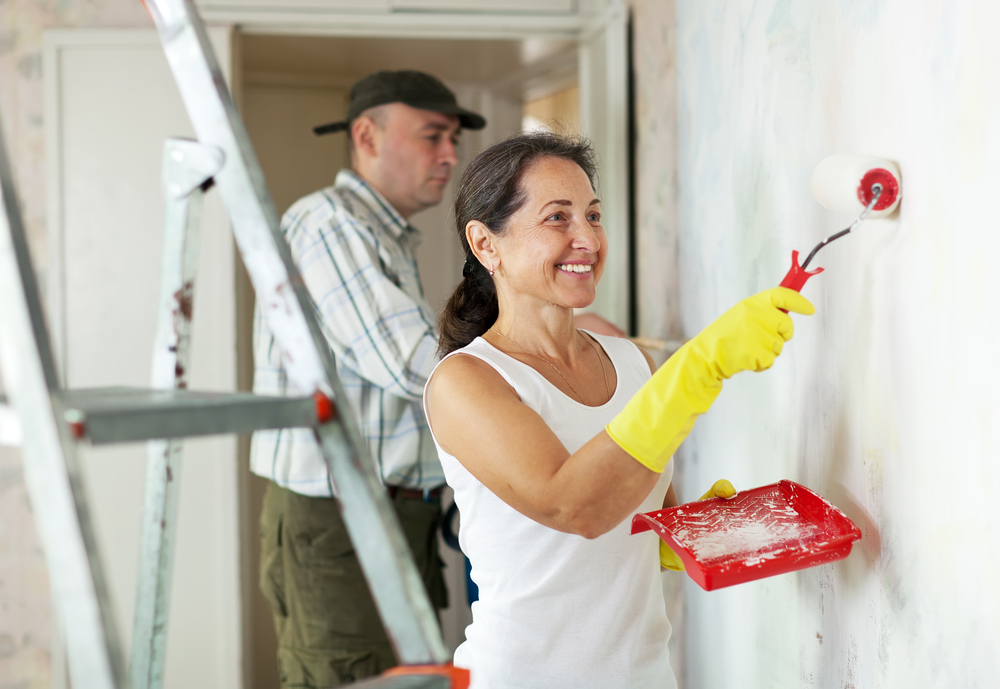

When you’re looking at properties it’s hard not to pick features you love. A great view. Beautiful leafy garden and pool. Moments from the beach. But purchasing an investment property is very different from purchasing your own home. You have to leave the ‘dream home’ thinking behind and start thinking in numbers, probabilities and what renters prefer. It’s all about maximising your ‘R-ROI’ (Rental Return On Investment).
R–ROI is about making sure you minimise costs going out and maximise rent coming in. It comes down to a number of factors. Finding a great property at a good price in an area with strong rental demand is an essential start. But being a landlord and successful investor is about far more than that. You can’t just lie back in the hammock and watch the cash come in. In this article you’ll find a host of tips to make your property the renters’ dream home, to help you maximise your rental returns at every turn.
Your ultimate ROI return
Capital growth is the ultimate end return on your investment. So do your research before you search. Narrow your hunt down to a list of areas and suburbs you’re interested in and then check what their growth has been like over recent years.
Even more importantly, look for things that could indicate strong potential for future capital growth – things like upcoming redevelopments, zoning changes or infrastructure and transport improvements. This is where having a bit of local knowledge of an area, or good research, can really help. As an investor there can be no better feeling than finding a ‘sleeper suburb’ that comes from nowhere to be tomorrow’s hot-spot.
Be demanding about rental demand
The other key factor is to look for properties in areas with strong rental demand, good returns and low vacancy rates (high vacancy could indicate a less desirable area). Look for areas close to transport, universities, schools, shops, cafes and restaurants, business centres and community facilities like parks and shops – where rental demand should always be high. A CoreLogic property report is a great way to access property data like rental yields and demand, as well as capital growth.
Choose low maintenance homes
Unless you have plans to add value through renovating, look for newer or well-maintained homes, with no extravagant features or gardens. Some older homes, or those with features like a pool or extensive landscaping, can cost more to maintain. Obviously apartments will be easier to maintain than houses too, although you will have to factor in strata levies.
Keep on top of maintenance
Put yourself in the tenants’ shoes. There’s nothing more attractive than a well-maintained home, no matter whether you’re living there or inspecting it. Make sure you check the home regularly and resolve issues promptly. It will help you will keep good tenants longer and attract new ones quicker.
Look for the features tenants want
There are certain things that tenants look for – a second bathroom, internal laundry, balcony, car parking or lock-up garage, air conditioning and storage. Keep this in mind when you’re looking to buy.
Pick properties that are in demand
By talking to local real estate agents or property managers you will get a feel for what kind of property is in demand in a certain area. In family suburbs, for instance, houses or townhouses with gardens could be more popular than apartments. Or you may find an area where one-bedroom apartments are favoured over two bedders.
Include some mod cons
A few well-chosen creature comforts like a dishwasher, air conditioning, dryer or security system can really add to the attractiveness of your rental property. And if the bathroom and kitchen are in need of a redo, updated fixtures can help. Or renovate them if you can afford it. They will add to your property’s value and help increase your rental returns.
Make simple cosmetic improvements and if it’s broken, fix it
If you buy a more established house or apartment it’s amazing what a fresh lick of paint, professional carpet clean and general refresh and spring clean can do for the place. Also look to fix anything that’s broken, from jammed locks and broken tiles, to taps, fly-screens and gates. Make the place feel like new. The best time to do this is before renters move in.
Be a pet-friendly landlord
Australians are mad for their furry best friends. But not a lot of rental properties cater for them. Which is why being pet-friendly could really boost your rental potential. And your returns. According to a Dogs Victoria survey, pet owners are likely to fork out 14% more rent for a rental property that allows pets. On a $600 a week home that’s $4,370 extra a year you could earn. Pet-friendly properties can also rent out faster and give your property a real point of difference.
Considering an investment into property? Before you take a leap of faith, take a moment and book a chat with the Integra Team to be sure you have everything covered.
Source: ING
